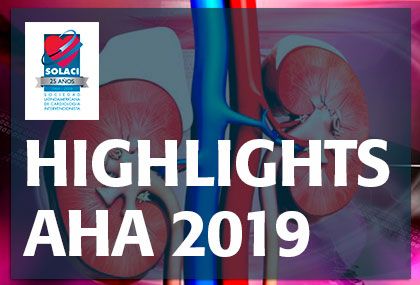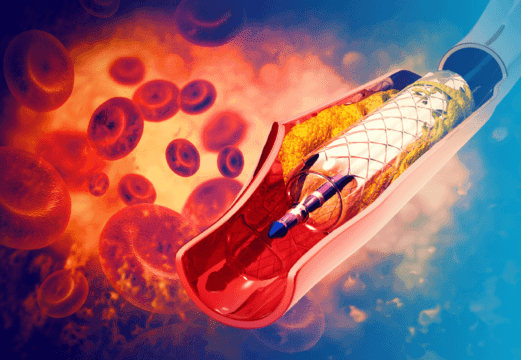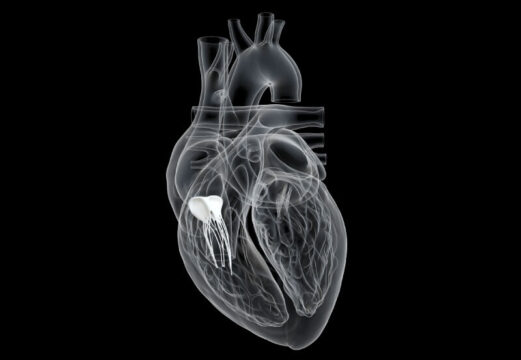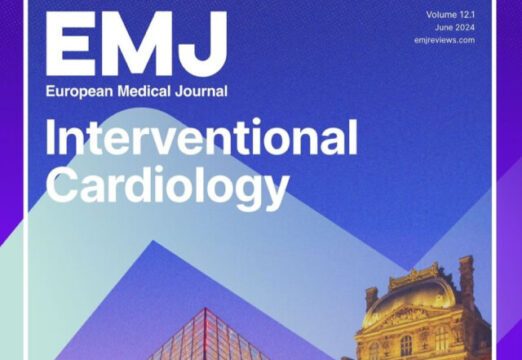Among patients in the main ISCHEMIA trial, those with chronic kidney disease are a particularly high-risk subgroup. However, an invasive strategy with coronary angiography and revascularization did not improve the rate of events, similarly to what happened in the general population for the aforementioned trial.

The rate of death or acute myocardial infarction was 36.4% with the invasive approach and 36.7% with optimal medical therapy alone (hazard ratio [HR]: 1.01; 95% confidence interval [CI]: 0.79-1.29) according to a presentation by Dr. Bangalore during the American Heart Association (AHA) 2019 Scientific Sessions.
The lack of benefit with the invasive strategy was also seen in other, softer, endpoints and, in fact, there was an increase in the risk for stroke compared with medical treatment alone. The composite safety endpoint (death or new dialysis) was more frequent in the invasive arm (HR: 1.48; 95% CI: 1.04-2.11).
Invasive treatment also failed the quality-of-life analysis for the population with chronic kidney disease, unlike the general population in the main ISCHEMIA trial, who experienced at least a symptomatic benefit.
These results for the chronic kidney disease population are somewhat surprising, since researchers expected to see a more risk = more benefit scenario with an invasive strategy.
A possible explanation for the lack of symptom relief could be the low rate of angina, about 12% of patients, in this population at the time of randomization.
The ISCHEMIA-CKD trial was conducted in 30 countries and included 777 patients with glomerular filtration rate less than 30 mL/min/1.73 m2 or on dialysis, stable coronary disease, and at least moderate ischemia. Over half (53%) the patients were on dialysis.
Patients were randomized to a routine invasive strategy (coronary angiography and revascularization) plus optimal medical treatment or to optimal medical treatment alone (patients in this arm were revascularized if their symptoms worsened or in case of emergency).
Read also: Temporal Trends and Outcomes of TAVR in Bicuspids: Are We Any Better?
After a follow-up of over 2 years, the rate of death or infarction was similar for both arms.
Original Title: International study of comparative health effectiveness with medical and invasive approaches–chronic kidney disease (ISCHEMIA-CKD): primary results of clinical outcomes.
Reference: Bangalore S. Presentado en el AHA 2019. Noviembre 16, 2019. Philadelphia, PA.
Get the latest scientific articles on interventional cardiologySubscribe to our weekly newsletter
We are interested in your opinion. Please, leave your comments, thoughts, questions, etc., below. They will be most welcome.





